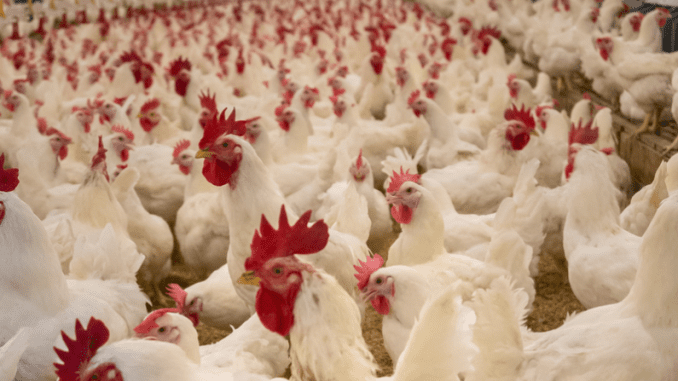
On Wednesday, the World Health Organization (WHO) demanded that worldwide networks for detecting the H5N1 avian flu virus, which has afflicted numerous animal species, be strengthened.
The H5N1 virus was found in extremely high percentages in raw, or unpasteurized, milk from affected cows earlier this month. This discovery surprised specialists because it was believed that cows were not sensitive to this kind of influenza.
Maria Van Kerkhove, who oversees pandemic prevention and preparedness at the WHO, stated during a news conference in Geneva that “what we really need globally is strong surveillance in different animal species,” despite the fact that bird and poultry surveillance is already well established.
Van Kerkhove emphasized that in order to make sure “that people are protected,” the heightened surveillance had to be extended to milk and dairy products.
She stated that pasteurization—heating milk to destroy microorganisms—is safe and advised.
“Detection in dairy cattle doesn’t, in my opinion, significantly alter how we evaluate risk. However, this is alarming,” Van Kerkhove continued.
Although there is currently no proof of human-to-human transmission, health officials are concerned that if the virus spreads widely, it may mutate into a form that may be transmitted between people.
“Every opportunity this virus has to continue to circulate, to continue to mix with animal species… it has the potential to cause an epidemic and outbreak and potentially become a virus that has that pandemic potential,” she stated.
According to the WHO, between 2003 and April 1 of this year, it registered 889 human cases in 23 countries, resulting in 463 deaths, or 52% of cases fatalities.
However, according to Van Kerkhove, there have only been 28 occurrences of human infection since 2021.
The first cases of avian influenza A(H5N1) were reported in 1996; however, since 2020, the number of bird outbreaks and the number of infected mammals have increased dramatically.
Tens of millions of chickens have died as a result of the strain, which has also infected wild birds and land and marine mammals.
US officials reported earlier this month that a worker recovering from bird flu after coming into contact with livestock was employed on a dairy farm in Texas.
Following the virus’s spread to herds exposed to wild birds, it was just the second instance of a human testing positive for bird flu in US history.
Leave a Reply